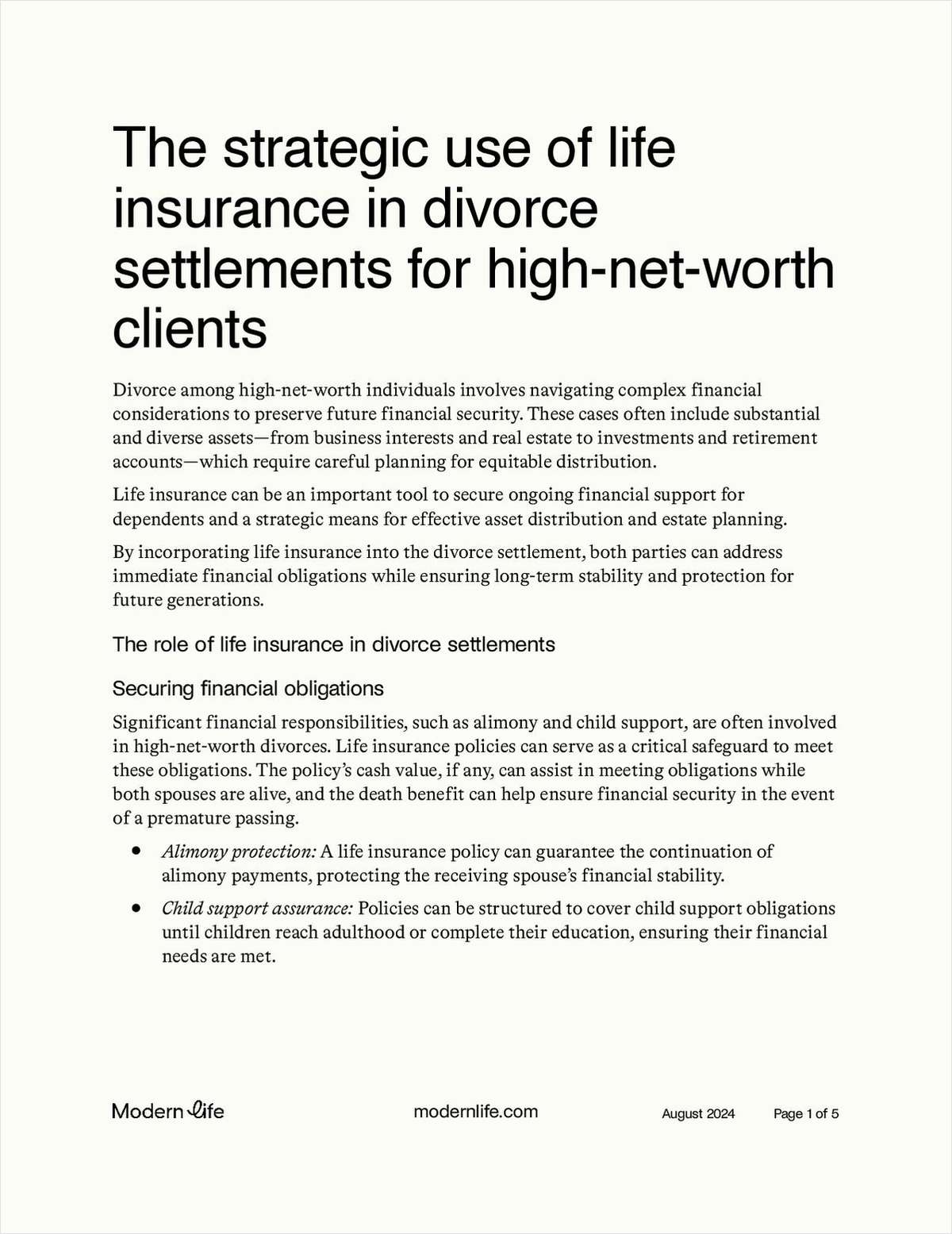U.S. Department of Health and Human Services (HHS) Kathleen Sebelius has written to Congress to acknowledge that her department could not figure out how to make the Community Living Assistance Services and Supports (CLASS) program make sense.
"Despite our best analytical efforts, I do not see a viable path forward for CLASS implementation at this time," Sebelius says in a letter to House Speaker John Boehner, R-Ohio.
The CLASS Act section of the Patient Protection and Affordable Care Act of 2010 (2010) (PPACA) is supposed to create a voluntary, worker-funded long-term care insurance (LTCI) program. Defenders say it is desperately needed; critics have argued that the program would be actuarially unsound.
The CLASS program would probably pay out more in benefits than it would collect in premiums, and any younger, healthier enrollees would seen bail out, the critics have argued.
In September, reports surfaced that the Obama administration had reduced the size of the CLASS program implementation office at HHS. Around that time, an HHS representative denied that the CLASS office had closed.
PPACA calls for the CLASS program to sustain itself with premium revenue.
Sebelius notes in the letter to Boehner that HHS experts and outside experts spent 19 months trying to determine how to make the CLASS program self-sustaining.
As early as 2009, the chief actuary at the HHS Centers for Medicare and Medicaid Services (CMS) had raised concerns about CLASS program viability.



